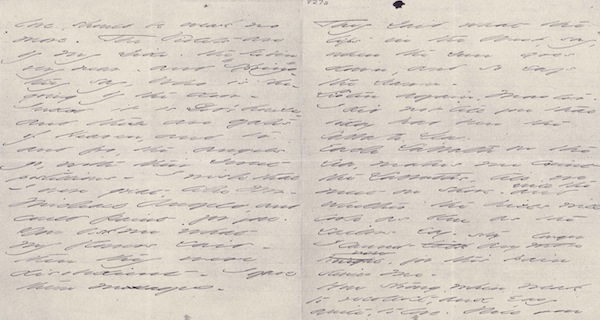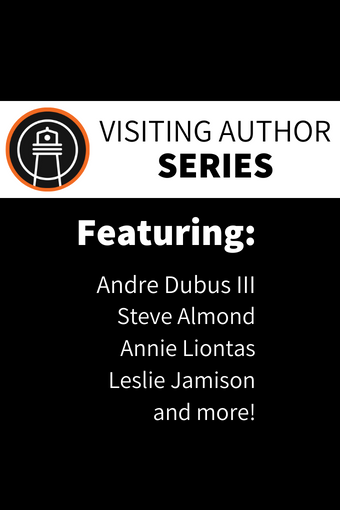
I’m not holding my breath for the triumphs of Donald Trump’s first 100 days in office. I’d rather look inward, to what my own notebooks and computer screens show on this 73rd day of 2017. But wouldn’t it be great to have a miraculous year?
The annus mirabillus, Latin for a wonderful/amazing/miraculous year. A year when you make clear progress on your book, break into the heart of your memoir, find your voice, your courage, your writing rhythm.
Emily Dickinson had one such miraculous year in 1862, a year she wrote 366 poems. Probably half the poems you know were written then: “After great pain a formal feeling comes,” “The Brain—is Wider than the Sky,” “I died for Beauty but was Scarce”—and many more. That year was also when she began a correspondence with Thomas Wentworth Higginson, editor of the Atlantic. Higginson didn’t publish Dickinson’s poems; he read them. He didn’t fully understand them, but I’d like to think he sensed their genius.
“You think my gait 'spasmodic' — I am in danger, Sir—
You think me 'uncontrolled' — I have no Tribunal.”
Dickinson letter to Higginson, 7 June 1862
The popular myth is that Dickinson was strange. She probably was. “I never was with any one who drained my nerve power so much,” Higginson wrote in a letter to his wife in 1870, describing a visit to the poet. But she was also kind and witty and accepted by her community. We don’t have journals or a diary of Emily Dickinson. We have her poems, which are piercing and difficult. We have her letters — a step closer to sense—but also full of mystery.
“Master—open your life wide, and take me in forever, I will never be tired,—I will never be noisy when you want to be still—I will be your best little girl—no one else will see me, but you—but that is enough”
Draft of Dickinson letter to unknown recipient, the three Master letters were either sent or unsent, early 1861

“I had a terror—since September—I could tell to none—and so I sing as the Boy does by the Burying Ground—because I am afraid—"
Dickinson letter to Higginson, 25 April 1862
There are still those famous dashes in the letters, but the thoughts are longer, the personal engagement more direct. And then there is the dailiness of a letter as a window into how a writer spends her moments. A letter tells who we love and what we believe at any given time. To m,e a letter makes my poet heroes my friends (as I’ve written earlier).
Averaging a poem a day — wouldn’t that be wonderful? Other writers have hit that rhythm. Sylvia Plath wrote 25 poems in October 1962; unfortunately, four months later, she was dead. Dickinson had her miraculous year at 32; she continued to make her art for 23 more years.
“Of our greatest acts we are ignorant—
You were not aware that you saved my Life. To thank you in person has been then one of my few requests.”
Dickinson letter to Higginson, June 1869
Writers have written through war and illness and despair. We can too. May this be your best writing year yet.
Lighthouse instructor Lynn Wagner is teaching The Letters of Emily Dickinson starting March 20. Her chapbook No Blues this Raucous Song won the Slapering Hole chapbook competition and her poetry has appeared in Shenandoah, Cavewall, West Branch, and Green Mountains Review, among others.

